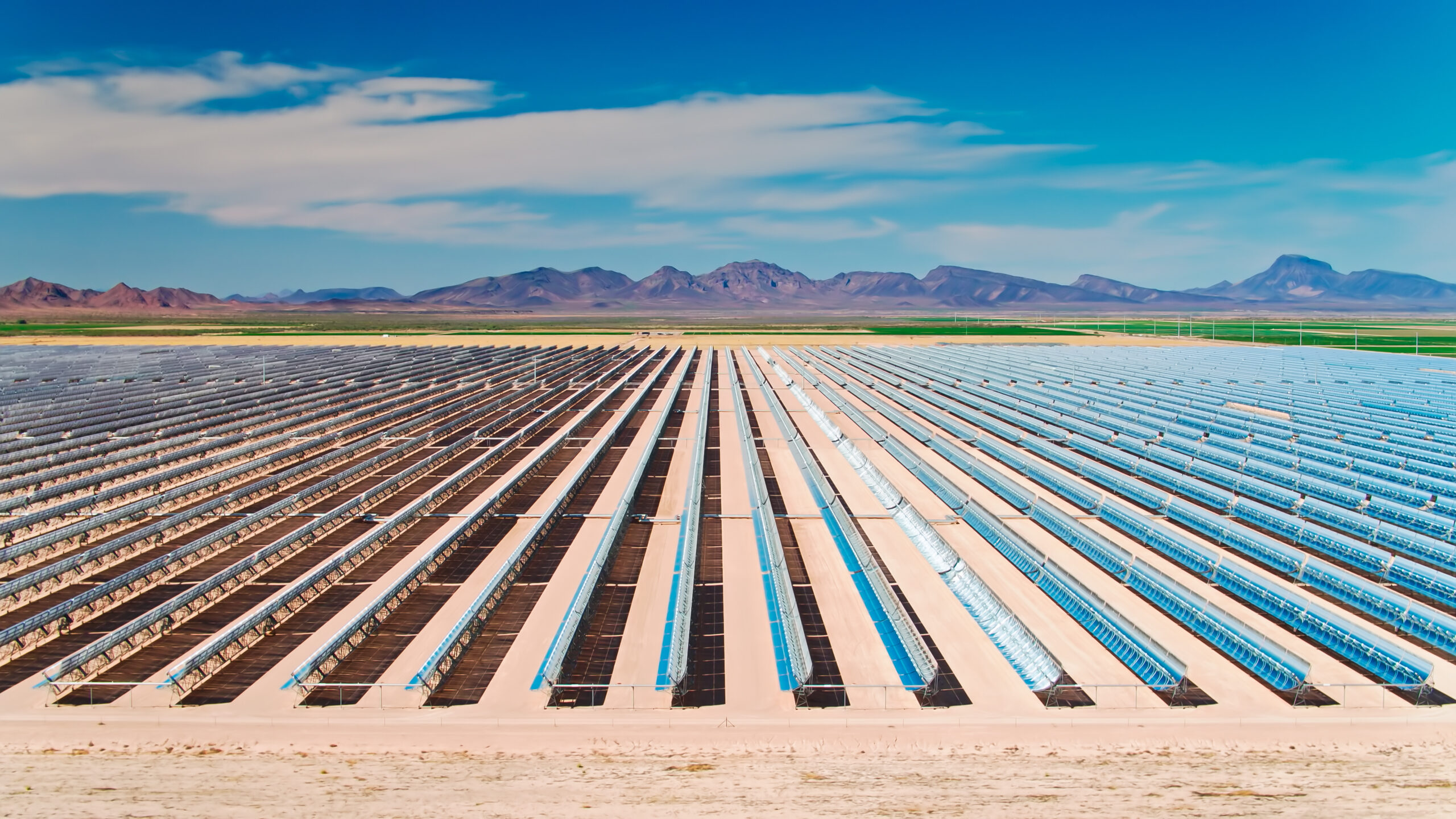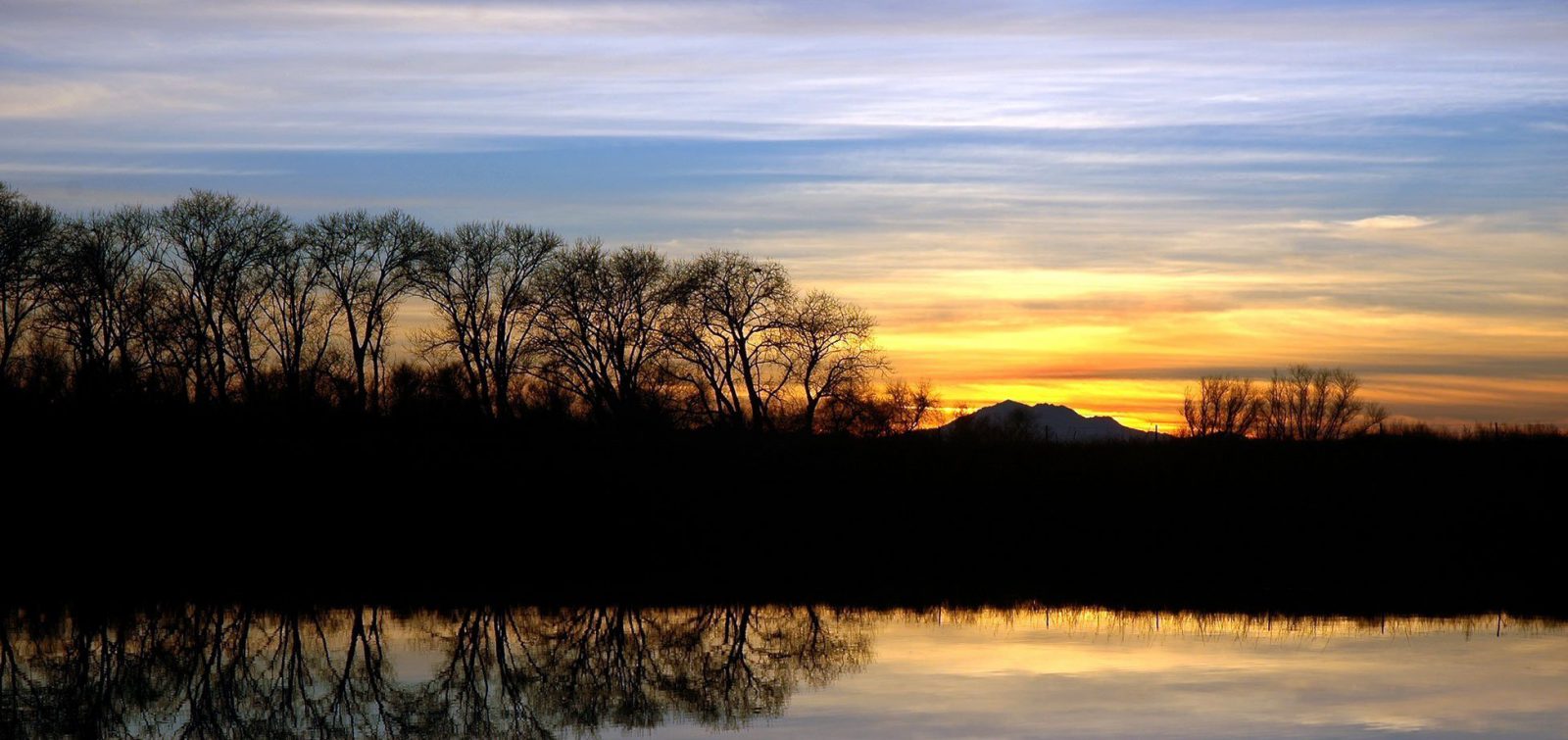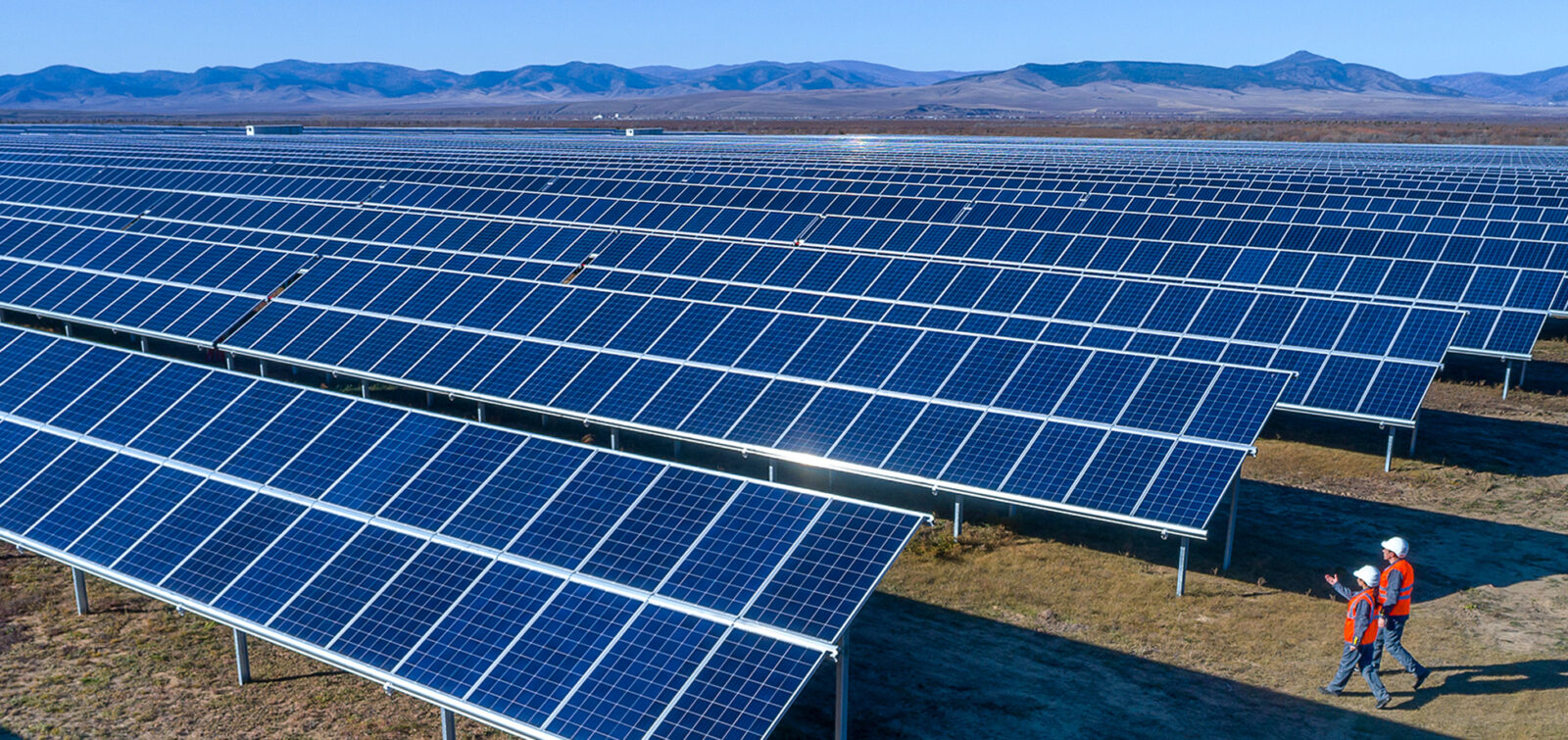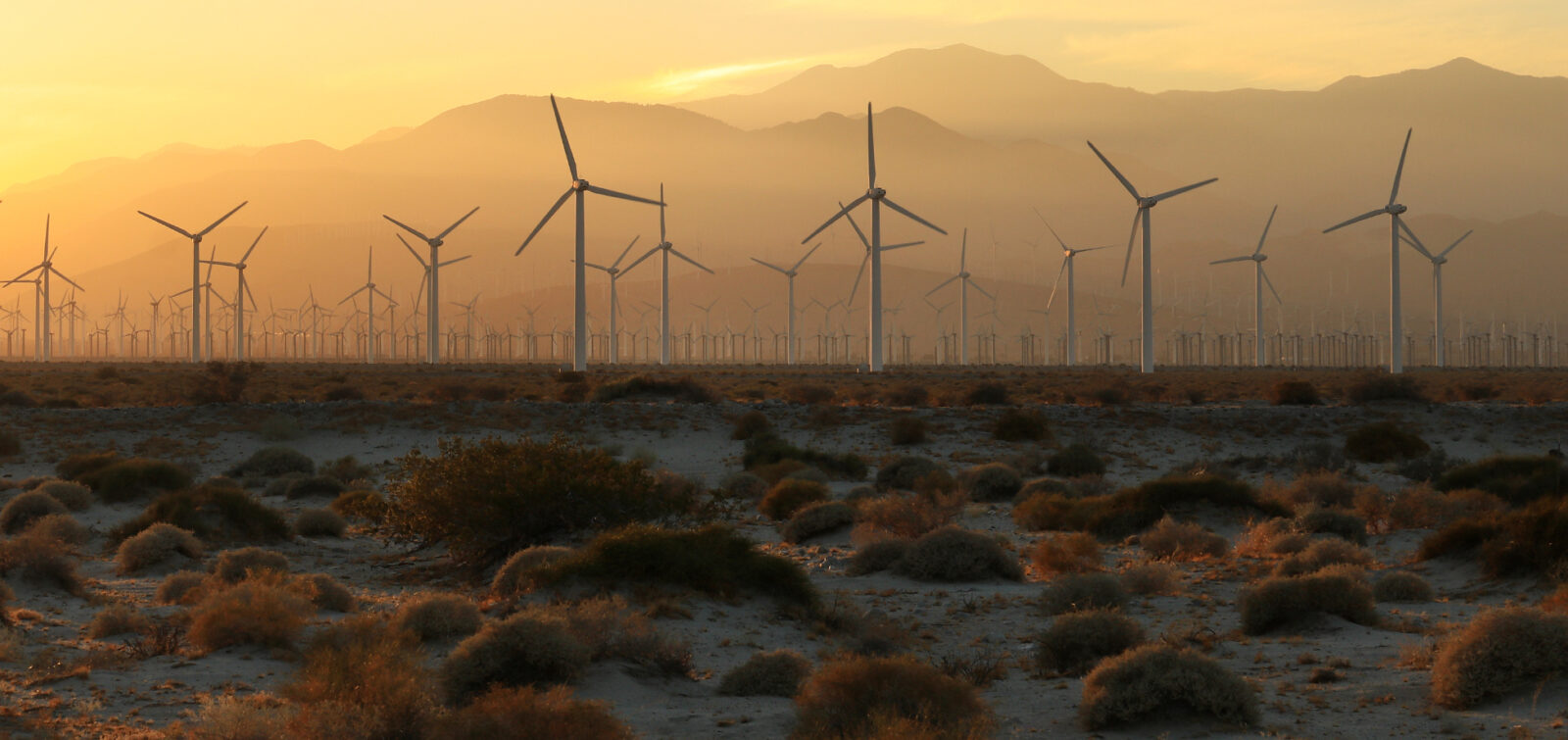The Bureau of Land Management (BLM) oversees roughly 245 million acres of public land and has a critical role in the nation’s increasing reliance on utility-scale renewable energy. As of December 2022, the BLM has permitted nine gigawatts (GW) of solar energy.
This is a remarkable achievement so far, but targets set in various federal and state goals are much higher. The Energy Act of 2020 directs the Secretary of the Interior to seek to authorize 25 GW of renewable energy production on public lands by 2025. To meet these goals, in 2021 President Biden issued Executive Order 14008, which requires the Department of the Interior to review siting and permitting processes with a goal of increasing environmentally sound renewable energy production on public lands.
The BLM is working to improve environmental review procedures for new utility-scale solar energy development on public lands by revising the Western Solar Plan (Plan).
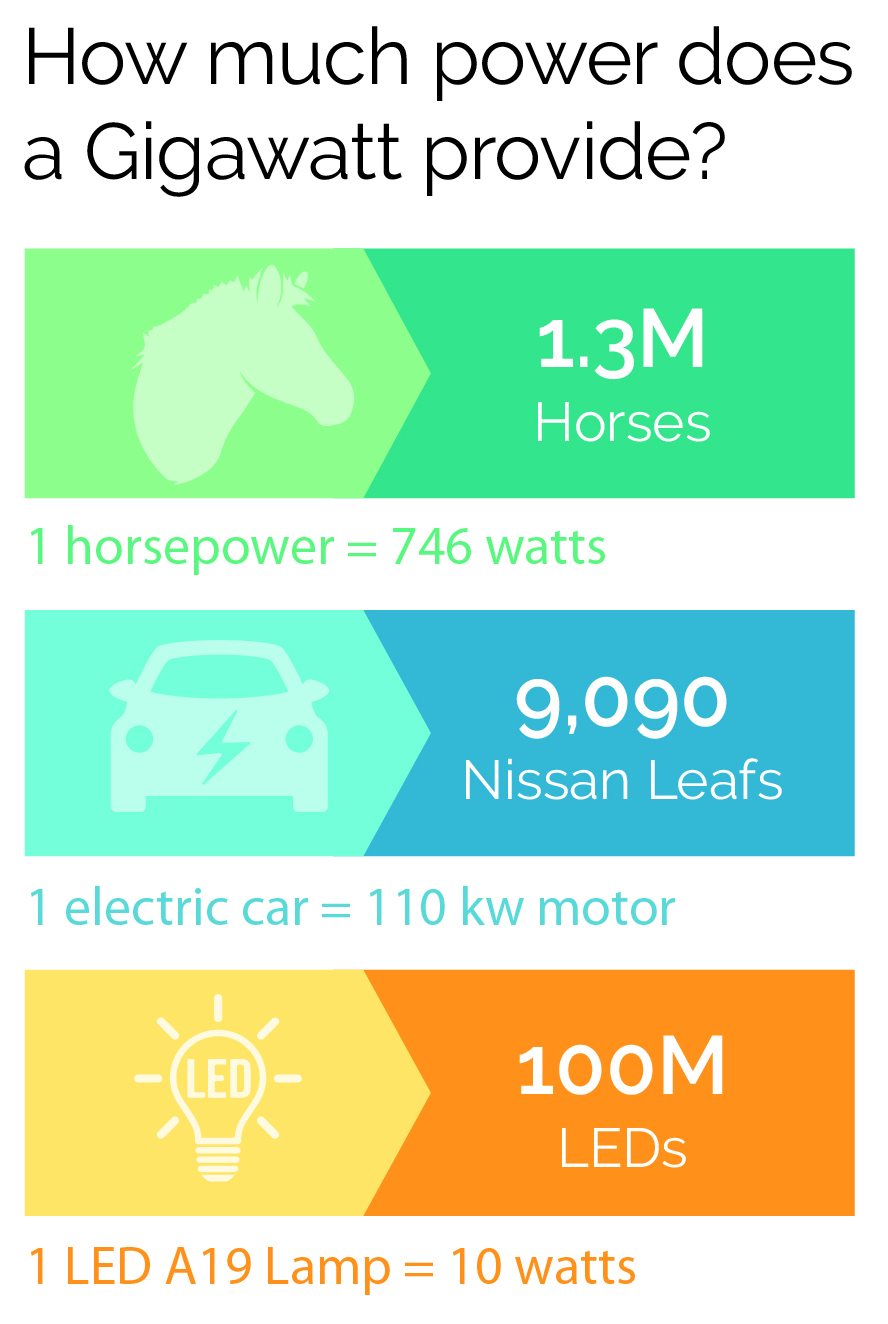
Approved in 2012, the Plan aids permitting of utility-scale solar energy developments in six southwestern states (Arizona, California, Colorado, Nevada, New Mexico, and Utah) by defining three categories of land relative to solar development. Priority areas have streamlined reviews and are called solar energy zones (or SEZs); areas that may allow development but require more detailed analyses are called variance areas; and excluded lands are areas where utility-scale solar energy development is not allowed. In 2016, the BLM’s California State Office (BLM California) took a similar approach but broadened the energy technologies to include solar, wind, and geothermal production in a plan called the Desert Renewable Energy Conservation Plan (DRECP).
The Plan and the DRECP have helped streamline renewable energy development reviews across the West, but industry has asked for more available acreage to ensure meeting national goals. The BLM published a Notice of Intent (NOI) in December 2022 that contemplates changing review procedures and increasing acreage for priority development in the original six states. The NOI also contemplates adding five more states into the Plan (Idaho, Montana, Wyoming, Oregon, and Washington). Last, the Plan also considered modifying the DRECP.
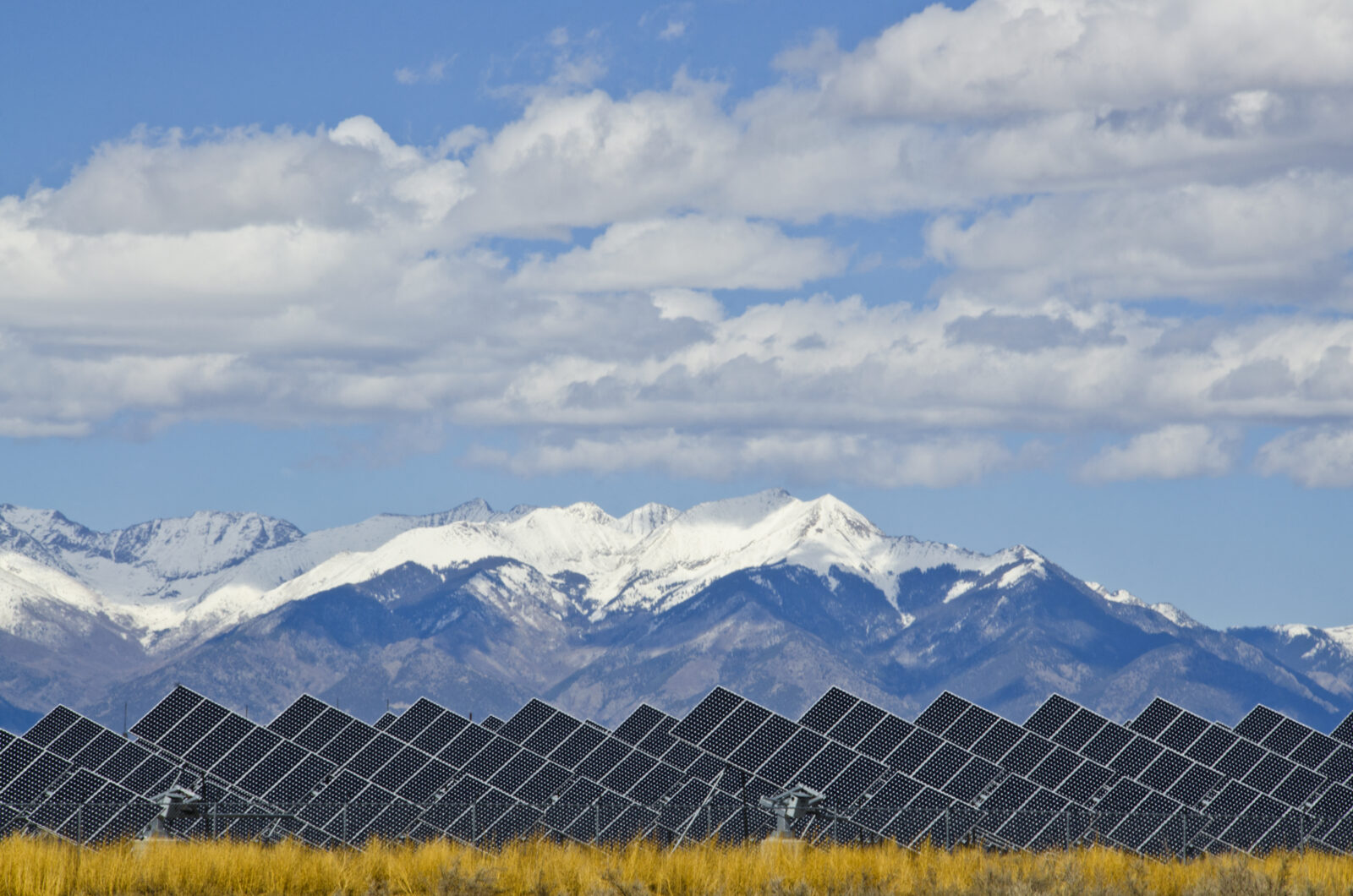
The Western Solar Plan aids permitting of utility-scale solar energy developments in Arizona, California, Colorado, Nevada, New Mexico, and Utah. A 2022 Notice of Intent considers adding five more states into the Plan.
The BLM announced immediately after scoping closed in March that due to public comments no changes were planned for the DRECP but other major shifts are quite likely. The hard work now begins for the agency with a stated goal of publishing a draft in the summer of 2023. Major modifications to review procedures, increases in areas available in the first six states, and potential additions of new states are all on the agenda. Adjustments of these types take comprehensive analyses by the BLM’s team of interdisciplinary specialists. The BLM is doing this complex planning work at the same time agency staff are also experiencing an enormous workload reviewing the large number of renewable energy project applications already in the queue.
BLM staff work on project applications as they are received, but in this situation, which requires more evaluation by federal employees, projects that submit material meeting BLM expectations and requirements are most assured to receive prompt review and timely approvals. ESA has a cadre of experts who are familiar with changing federal requirements. Our planners, cultural resources specialists, biologists, and other technical experts are part of a 100 percent employee-owned firm committed to working for clients and communities to drive sustainable, resilient, and equitable solutions that shape a better world. Let us know how ESA can help bring your project forward to successful development. Reach out to Tony Overly, Cultural Resources Practice Leader, to get started.
